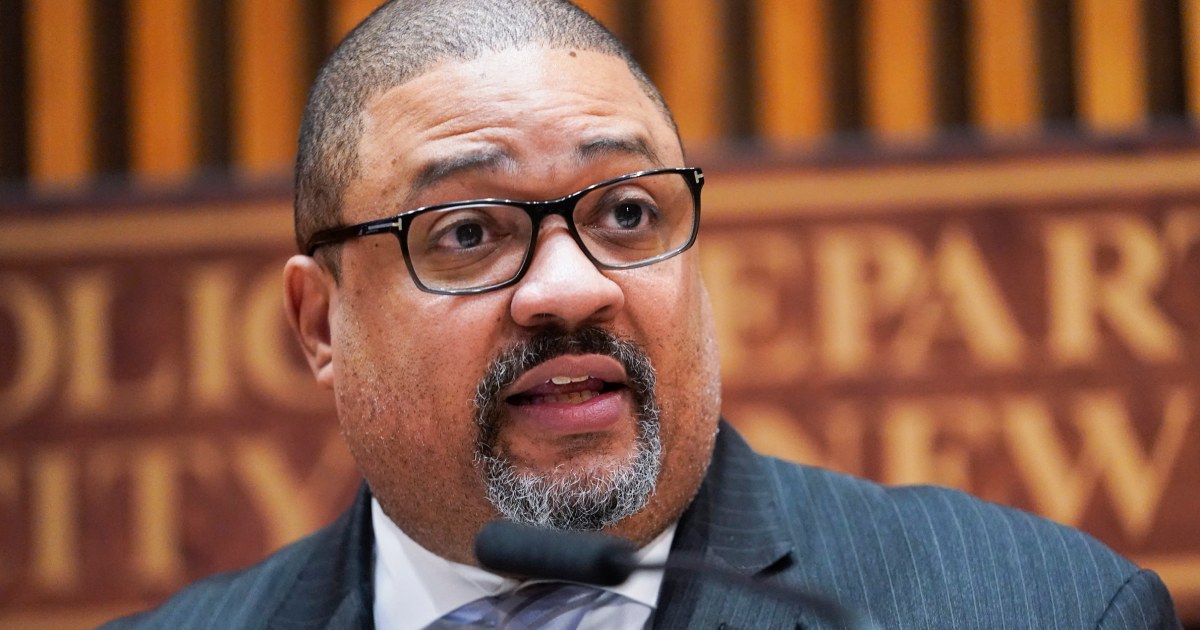# Top forecaster sees a rough patch the next three months, then a strong recovery as COVID fades

Table of Contents
“#
Top forecaster sees a rough patch the next three months, then a strong recovery as COVID fades
”
Unusual rebound will be led by high-income families spending on travel, restaurants and leisure
The next few months are going to be rough, but the economy should come roaring back once the COVID-19 vaccine is rolled out and Congress provides another round of relief, says Aneta Markowska, chief economist at Jefferies and the winner of MarketWatch’s Forecaster of the Month contest for November.
See MarketWatch’s complete coverage of the economy.
However, “the next few months will be challenging,” Markowska said in an interview. The key will be another stimulus package that’s “big enough to get us to the other side,” one she predicts will probably come in late January.
Bridge needed
The second wave of COVID-19 is driving consumers into hiding. “Consumer activity is showing no signs of life, and the labor market continues to lose momentum” in the past week, she reports.
Small businesses and millions of workers need a bridge to get to spring. If there’s no deal in Washington, millions would lose income, debt forbearance and protection from evictions. More small businesses would close permanently.
“We’re just three months away,” she says.
She figures the stimulus will boost incomes in February, just as vaccines begin to have an impact on bending the curve of the pandemic.
Breaking news: McConnell lashes out at Democrats as fiscal stimulus discussions stumble forward
“Everyone is ready to go back to living their lives,” she says. “The demand will be there.”
Even assuming Congress acts, she expects consumer spending to be flat in the first three months of the year.
This unusual recovery will be led by high-income and savings-rich families increasing their spending on services, the opposite of the usual pattern of lower-income families slowly regaining employment and slowly spending more on durable goods.
“The top 25% of U.S. households have suffered virtually no job losses, yet their spending is still down nearly 10%, with the shortfall likely concentrated in high-contact service spending,” she wrote in a note to clients. Meanwhile, low-income families have lost 20% of their jobs, but have managed to maintain their spending at nearly 100% of pre-pandemic levels, thanks to the extraordinary federal payments that are now in danger of going away.
Because they weren’t spending as much as before, the top 20% of families have added $1.3 trillion to their cash holdings this year, according to the Federal Reserve. That’s a lot of firepower.
Supply constraints?
The big question is whether the supply of services can meet the demand once face-to-face interactions resume. If 20% of restaurants and bars are gone, it may take a while for new establishments to open, she says.
The sectors that have done the best in 2020—motor vehicles, recreational goods and delivery services—will probably underperform in 2021, while the industries that suffered this year—hotels, airlines, and personal care—should recover quickly.
Retail inventories are quite low, so Markowska expects manufacturing firms to invest in new equipment to help meet the demand. Consumer spending and capital investments should drive growth in 2021, she says.
In the November contest, Markowska and her colleague Tom Simons had the most accurate forecasts (among 45 forecasting teams) on three indicators—housing starts, retail sales and consumer confidence. Their forecasts on three others—the ISM index, the consumer price index and industrial production—were among the 10 most accurate.
Markowska and Simons also won our monthly contest in April.
The runners-up in the October contest were Brian Wesbury and Bob Stein of First Trust Advisors, Ryan Sweet of Moody’s Analytics, Stephen Gallagher of Société Générale, and Seth Carpenter’s team at UBS.
The MarketWatch median consensus published in our Economic Calendar includes the predictions of the 15 forecasters who have earned the most points in our contest over the past 12 months, plus the forecast of the most recent winner of the monthly contest.
The economists included in our consensus forecast are: Christophe Barraud of Market Securities, Jim O’Sullivan of TD Securities, Spencer Staples of EconAlpha, Ryan Sweet of Moody’s Analytics, Seth Carpenter’s team at UBS, Andrew Hollenhorst’s team at Citigroup, Stephen Gallagher at Société Générale, Brian Wesbury and Bob Stein at First Trust Advisors, Avery Shenfeld’s team at CIBC, Jay Bryson’s team at Wells Fargo, Michelle Meyer’s team at Bank of America, Lou Crandall of Wrightson ICAP, Aneta Markowska and Tom Simons at Jefferies, Ellen Zentner’s team at Morgan Stanley, and Richard Moody at Regions Financial.
By
Rex Nutting
If you liked the article, do not forget to share it with your friends. Follow us on Google News too, click on the star and choose us from your favorites.
For forums sites go to Forum.BuradaBiliyorum.Com
If you want to read more News articles, you can visit our News category.



